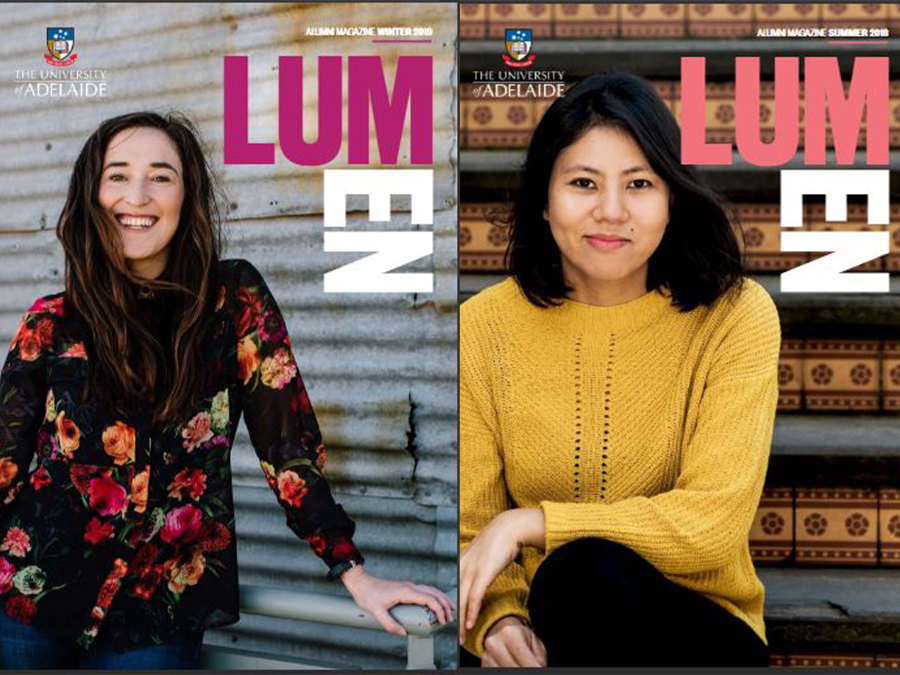Action needed to prevent dental workforce crisis
Wednesday, 25 February 2004
Australia must seek urgent solutions to stave off a projected shortfall in dentists over the next six years, according to experts at the University of Adelaide.
New data being released today shows that millions of Australians will be disadvantaged by a lack of dental services by 2010.
The information, contained in two publications by the Australian Research Centre for Population Oral Health, based at the University of Adelaide, paints a grim picture of the availability and distribution of dental services throughout Australia.
Director of the centre and co-author Professor John Spencer says the publications show:
- demand for dental services will outstrip supply. By 2010, Australian dental services will be able to service 29.4 million visits, which falls 3.8 million short of the projected demand;
- the number of dentists practising is expected to increase from the period 2000 to 2010 by 13.9%, from 8,991 dentists to 10,239. However, this is not enough to meet the expected increase in demand for services, due to an ageing population, changes in oral health and other factors;
- the number of dental hygienists is expected to increase, but numbers of dental therapists and prosthetists will decrease;
- if trends continue, demand for dental services will increase from 23.8 million visits in 1995 to 33.2 million in 2010. This will be due to demand from middle and older-aged Australians and for diagnostic, preventive, endodontic and crown and bridge services;
- by 2010, Australia needs an extra 1500 members of the dental workforce, most of whom would be dentists.
"This is a serious situation for Australia's oral health, especially when you consider these statistics take no account of the unmet need for treatment among disadvantaged groups in Australia," Professor Spencer says.
"For Australia to develop a sustainable self-sufficiency in its dental labour force, the number of dental graduates of Australian dental schools would need to increase by 120 per year.
"In the short-term, until such a sustainable position can be developed, we believe Australia should be recruiting more dentists by seeking out overseas dental graduates."
Professor Spencer says the supply shortage is similar around each State and Territory in Australia, but is likely to be greater in Tasmania and the Northern Territory.
However, all States and Territories face an uphill battle in the supply of dental services to rural areas. He says while there is a need for an increase in numbers in private general practice, specific programs are required to bolster numbers in public sector practice.
"More effort is required to recruit and retain dental practitioners in rural and public sector practice.
"We know that the maldistribution of dental services is associated with reduced access to dental care, and can lead to poor oral health and quality of life among the population," Professor Spencer says.
"Something must be done urgently to address these issues in the coming years."
The Australian Research Centre for Population Oral Health has proposed action aimed at tackling the issue, which includes:
- increased recruitment of overseas-trained dentists;
- new procedures to ensure quality of overseas dentists recruited to Australia;
- a national increase in dental graduates from the five existing dental schools (including the University of Adelaide) and/or one or more new clinical schools;
- measures aimed at increasing supply of dental services in rural and remote areas and the public dental sector.
The two reports are available here and here.
Contact Details
Email: john.spencer@adelaide.edu.au
Australian Research Centre for Population Oral Health
University of Adelaide
Business: +61 8 8313 5438
Mobile: 0412 220 859







